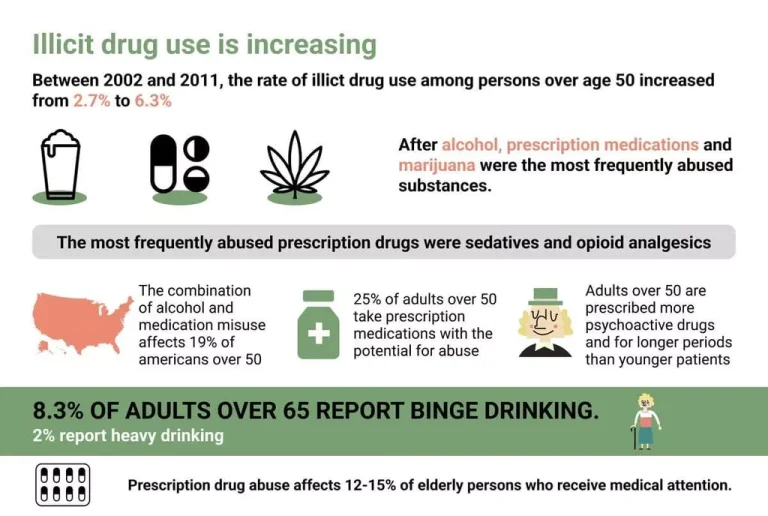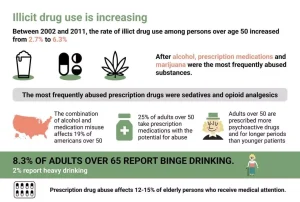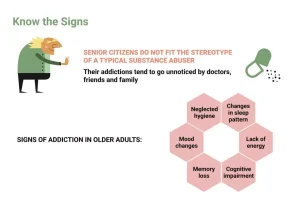OxyContin Side Effects: Common, Severe, Long Term
Хто такий devOps-інженер і чим він займається? DAN IT Education
mars 30, 2023Microsoft: Empowering the Digital World
mai 22, 2023
Additionally, avoid the use of mixed agonist/antagonist (e.g.., pentazocine, nalbuphine, and butorphanol) or partial agonist (e.g., buprenorphine) analgesics in patients who are receiving a full opioid agonist analgesic, including OXYCONTIN. In these patients, mixed agonist/antagonist and partial agonist analgesics may reduce the analgesic effect and/or may precipitate withdrawal symptoms. Cases of OIH have been reported, both with heroin addiction short-term and longer-term use of opioid analgesics.
- Data from a study involving 24 patients with mild to moderate hepatic dysfunction show peak plasma oxycodone and noroxycodone concentrations 50% and 20% higher, respectively, than healthy subjects.
- Ask your doctor how you should take the medication and follow these directions carefully.
- However, specific CNS opioid receptors for endogenous compounds with opioid-like activity have been identified throughout the brain and spinal cord and are thought to play a role in the analgesic effects of this drug.
- Once absorbed, oxycodone is distributed to skeletal muscle, liver, intestinal tract, lungs, spleen, and brain.
- It is very important that your doctor check your progress while you are using this medicine, especially within the first 24 to 72 hours of treatment.
- Opioids are sought for nonmedical use and are subject to diversion from legitimate prescribed use.
Which drugs interact with oxycodone?
- Oxycodone is extensively metabolized by multiple metabolic pathways to produce noroxycodone, oxymorphone and noroxymorphone, which are subsequently glucuronidated.
- You may need to use different amounts of your medicines, or take different medicines.
- Talk to your healthcare provider about naloxone, a medicine for the emergency treatment of an opioid overdose.
Your health care provider may ask you to keep a why is oxycontin addictive medicine called naloxone on hand. Naloxone is a medicine that can be used as an emergency treatment for an opioid overdose and works by reversing the effects of oxycodone. Make sure you or your caregiver knows when and how to use naloxone. Talk to your health care provider or pharmacist if you have any questions.
OXYCONTIN- oxycodone hydrochloride tablet, film coated, extended release

Expired, unwanted, or unused OXYCONTIN should be disposed of by flushing the unused medication down the toilet if a drug take-back option is not readily available. Inform patients that they can visit /drugdisposal for a complete list of medicines recommended for disposal by flushing, as well as additional information on disposal of unused medicines. Alternatively, consider the use of non-opioid analgesics in these patients. Observational studies have demonstrated that concomitant use of opioid analgesics and benzodiazepines increases the risk of drug-related mortality compared to use of opioid analgesics alone. Because of similar pharmacological properties, it is reasonable to expect similar risk with the concomitant use of other CNS depressant drugs with opioid analgesics see DRUG INTERACTIONS.

What OxyContin tablets contain

Opioid-Induced Hyperalgesia (OIH) occurs when an opioid analgesic paradoxically causes an increase in pain, or an increase in sensitivity to pain. This condition differs from tolerance, which is the need for increasing doses of opioids to maintain a defined effect see Dependence. Symptoms of OIH include (but may not be limited to) increased levels of pain upon opioid dosage increase, decreased levels of pain upon opioid dosage decrease, or pain from ordinarily non-painful stimuli (allodynia). These symptoms may suggest OIH only if there is no evidence of underlying disease progression, opioid tolerance, opioid withdrawal, or addictive behavior. Because of these risks, reserve concomitant prescribing of these drugs for use in patients for whom alternative treatment options are inadequate.
Patients transferring from other opioid formulations.
- Table 3 includes a summary of the incidence of treatment emergent adverse events reported in ≥5% of patients.
- Tell your health care provider if you have any of the following.
Patients who experience breakthrough pain may require a dosage adjustment of OXYCONTIN or may need rescue medication with an appropriate dose of an immediate-release analgesic. If the level of pain increases after dose stabilization, attempt to identify the source of increased pain before increasing the OXYCONTIN dosage. Because steady-state plasma concentrations are approximated in 1 day, OXYCONTIN dosage may be adjusted every 1 to 2 days. The presence of https://ecosoberhouse.com/ risk factors for overdose should not prevent the proper management of pain in any given patient see WARNINGS AND PRECAUTIONS.
CNS depressants.
If your dose is different, do not change it unless your doctor tells you to do so. Certain medicines should not be used at or around the time of eating food or eating certain types of food since interactions may occur. Using alcohol or tobacco with certain medicines may also cause interactions to occur.

